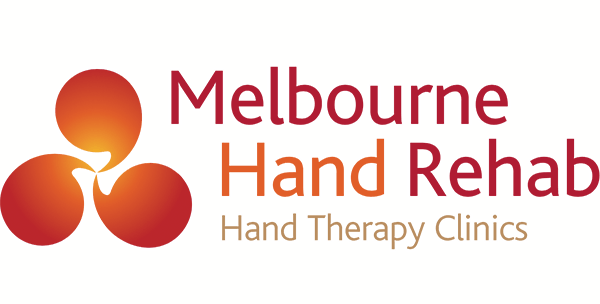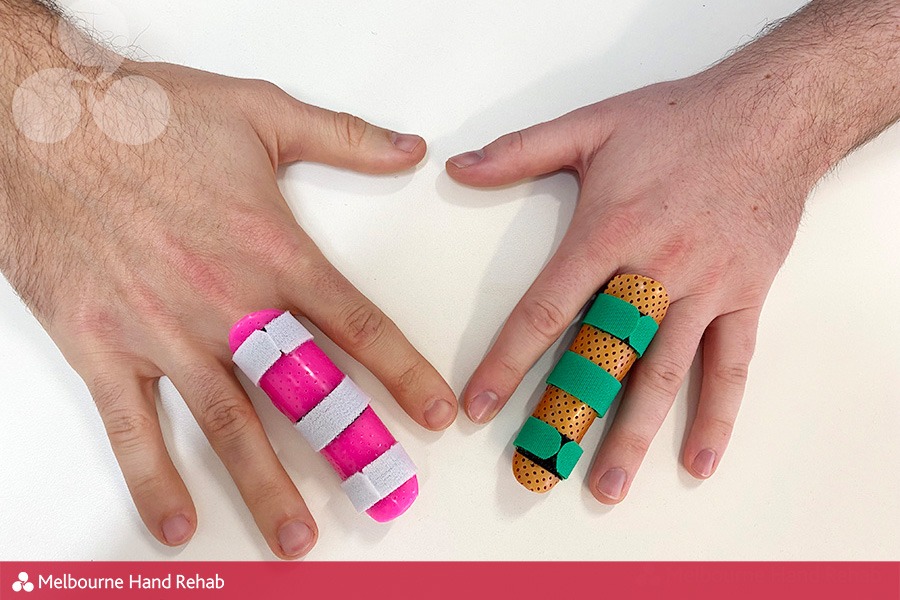
24 Sep Volar plate injuries
What is the volar plate? Injury causes, symptoms and treatments.
Volar plate injuries are a common concern for those involved in sports or activities that put strain on the fingers and hands. This blog will discuss what the volar plate is, how injuries may occur, and the best approaches for treatment and rehabilitation.
What is the volar plate?
The volar plate is an anatomical structure located at the base of the finger joints, assisting in connections at the meta-carpophalangeal joint, proximal interphalangeal joint and distal interphalangeal joint. It is a thick band of fibrous tissue that sits on the palm side of the finger joint. Its primary role is to prevent hyperextension (over-stretching) of the joint and to provide stability.
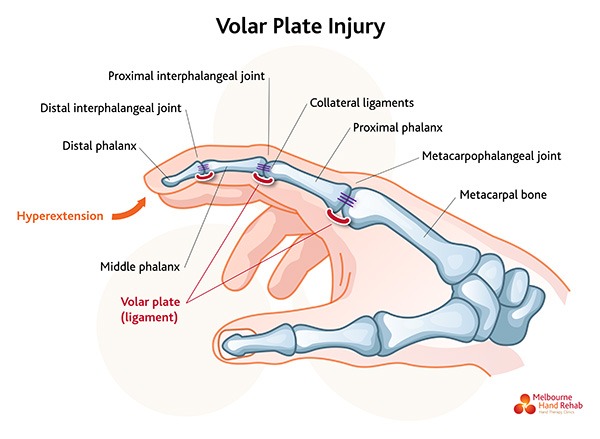
Causes of volar plate injuries
Volar plate injuries typically occur due to trauma or excessive stress on the fingers. The most common joint to be injured is the proximal interphalangeal joint. Common scenarios include:
- Sports Injuries: Activities like basketball, netball, and cricket often involve direct impacts or sudden forces on the fingers. For example, a finger may get jammed or bent backwards during a game.
- Falls: Falling on an outstretched hand can force the finger into hyperextension, leading to damage of the volar plate.
- Accidents: Everyday accidents, such as getting a finger caught in a door or machinery, can also cause injury to the volar plate.
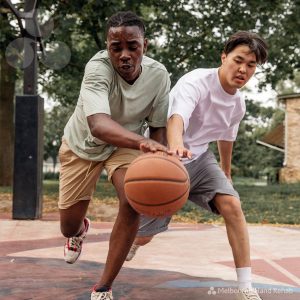
Symptoms of volar plate injuries
Common signs of a volar plate injury include:
- Pain and Swelling: The affected finger may swell and become tender.
- Limited Range of Motion: You might find it difficult or painful to bend or straighten the finger properly.
- Bruising: Discolouration around the joint can occur due to internal bleeding.
Diagnosis and medical assessment
If you suspect a volar plate injury, it’s important to seek medical attention. A healthcare professional will conduct a physical examination and may use imaging techniques like X-rays to rule out fractures or other complications. An ultrasound may be used to assess the soft tissue structures located at the area of your injury.
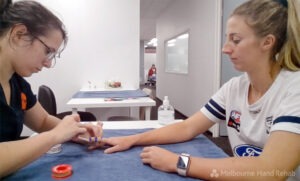
Treatment options
Treatment for a volar plate injury depends on the severity of the damage. Options provided at Melbourne Hand Rehab include:
- Thermoplastic splint: A custom made splint will be created to immobilise your affected finger.
- Rehabilitation exercises: Once the acute phase has passed, safe movement exercises will be provided and introduced to restore function and flexibility.
- Swelling management: Your hand therapist may provide tape to assist with the management of swelling of your finger.

A custom made dorsal blocking splint for a soft tissue injury following a football incident.
If left untreated, overtime your interphalangeal joints may become stiff and limit your movement to both straighten and bend your finger. It is important to seek appropriate care and guidance from your hand therapist to manage your injury.
Recognising the signs early, seeking timely medical advice, and adhering to a structured treatment plan are key to a successful recovery. Whether you’re an athlete, a manual worker, or simply someone who enjoys an active lifestyle, understanding and addressing volar plate injuries can help you get back to your normal activities with minimal disruption.
If you are experiencing hand, wrist, elbow or shoulder pain, don’t hesitate to get in touch. We’d love to help you.
BOOK AN APPOINTMENT
For more information, call us directly on 03 9458 5166
